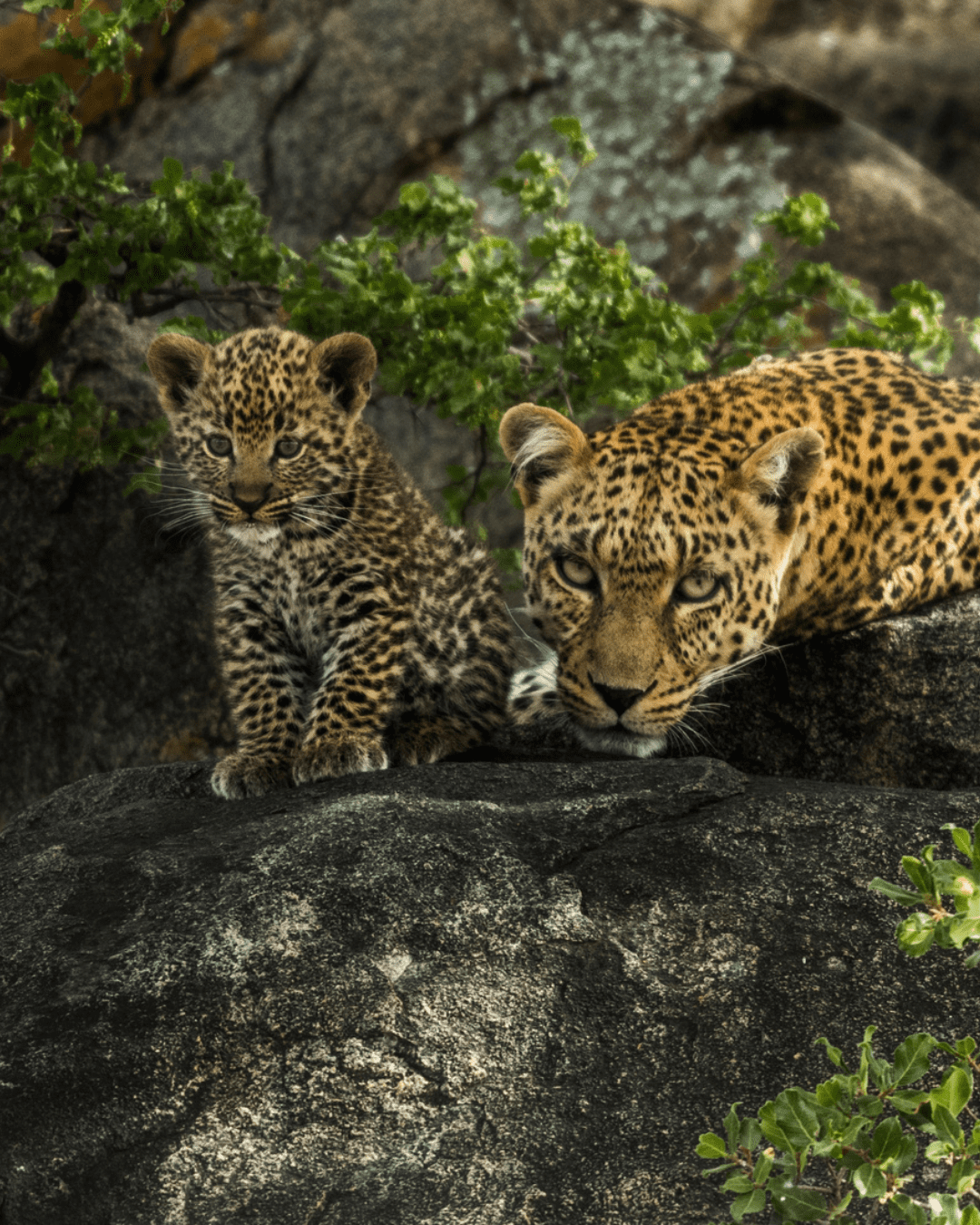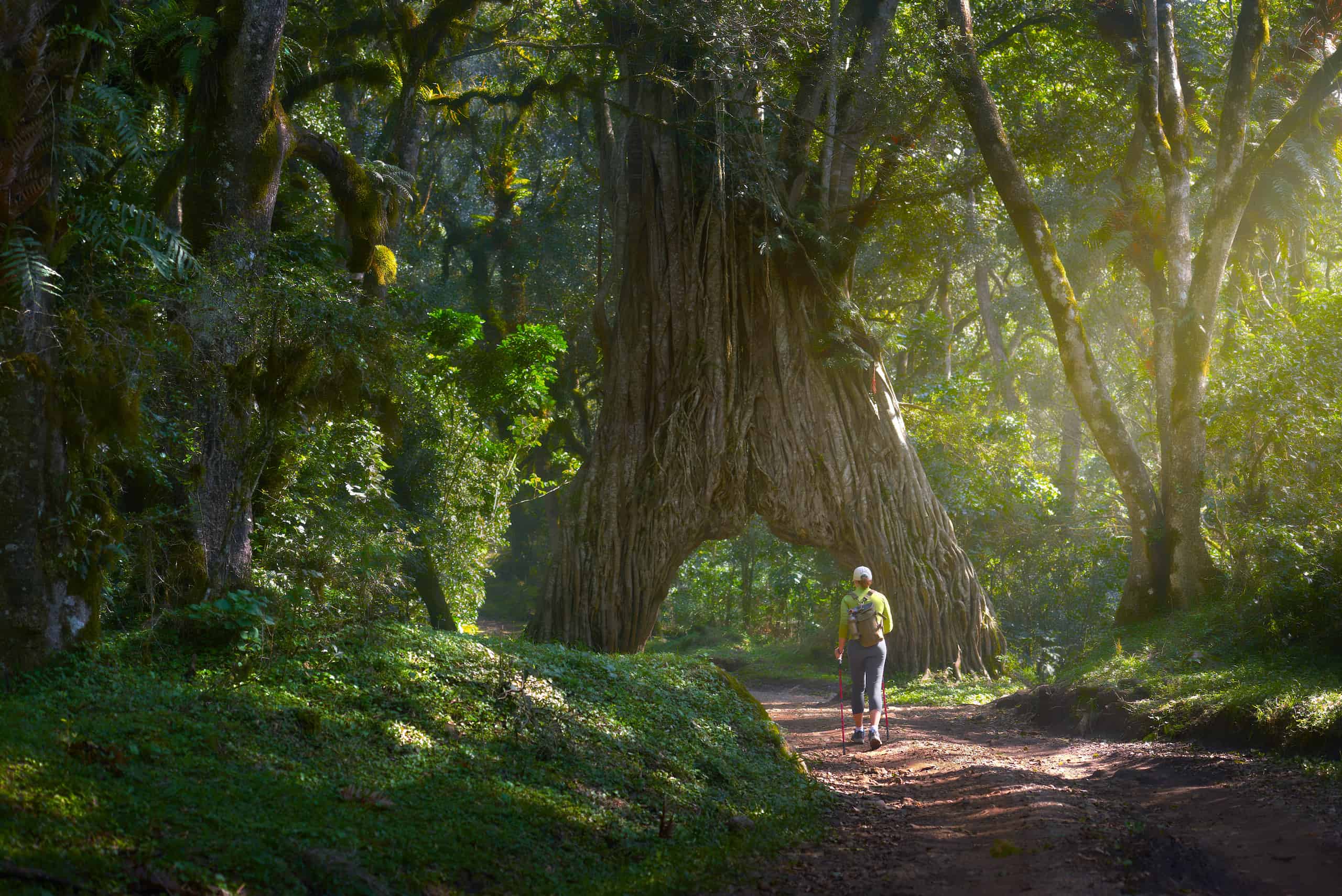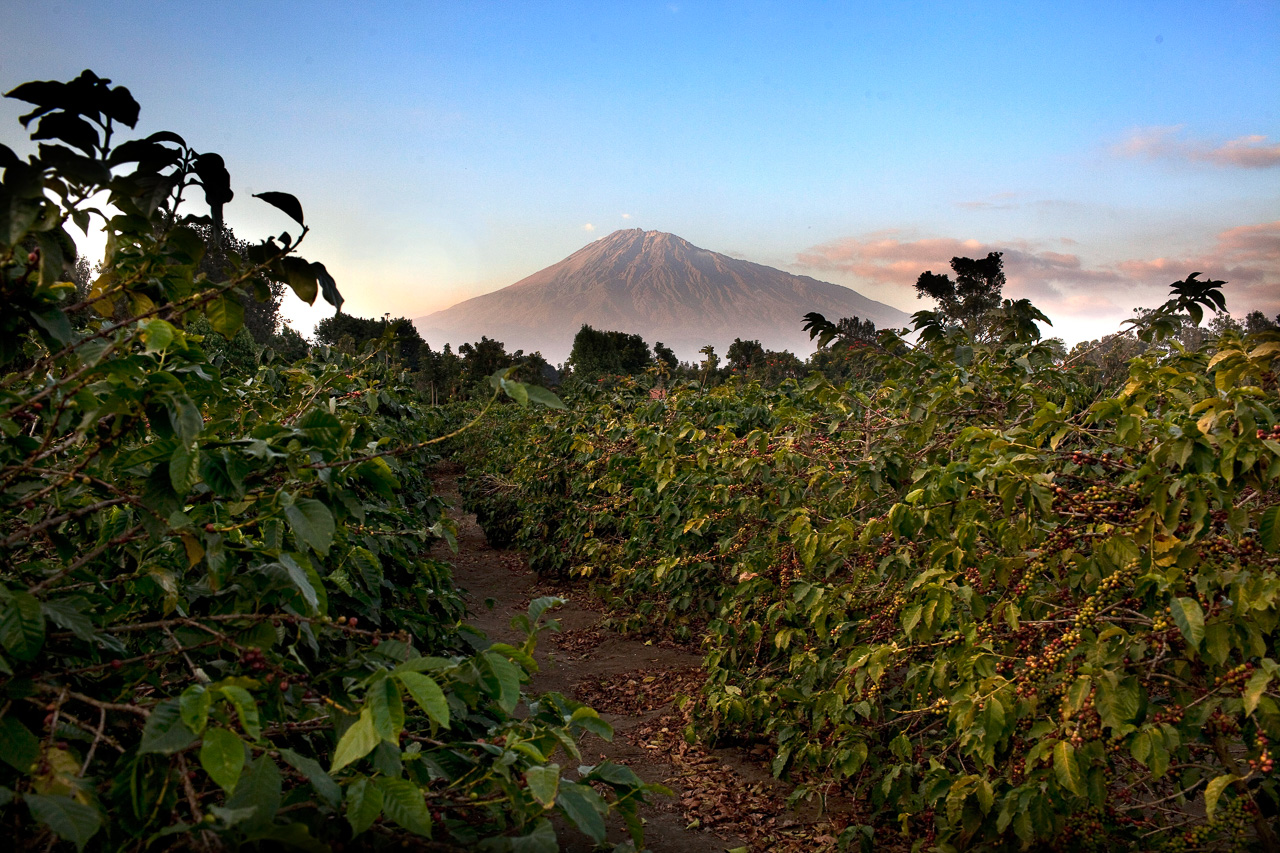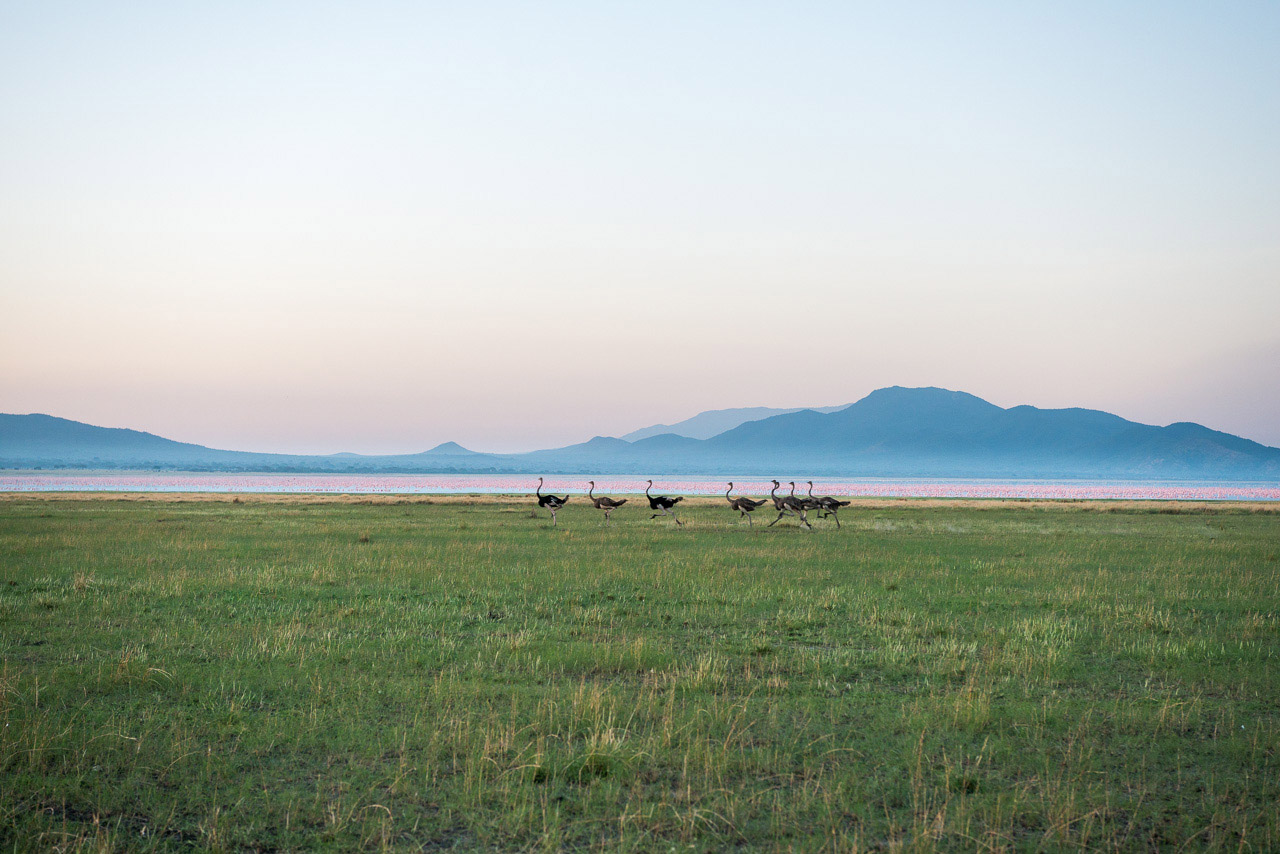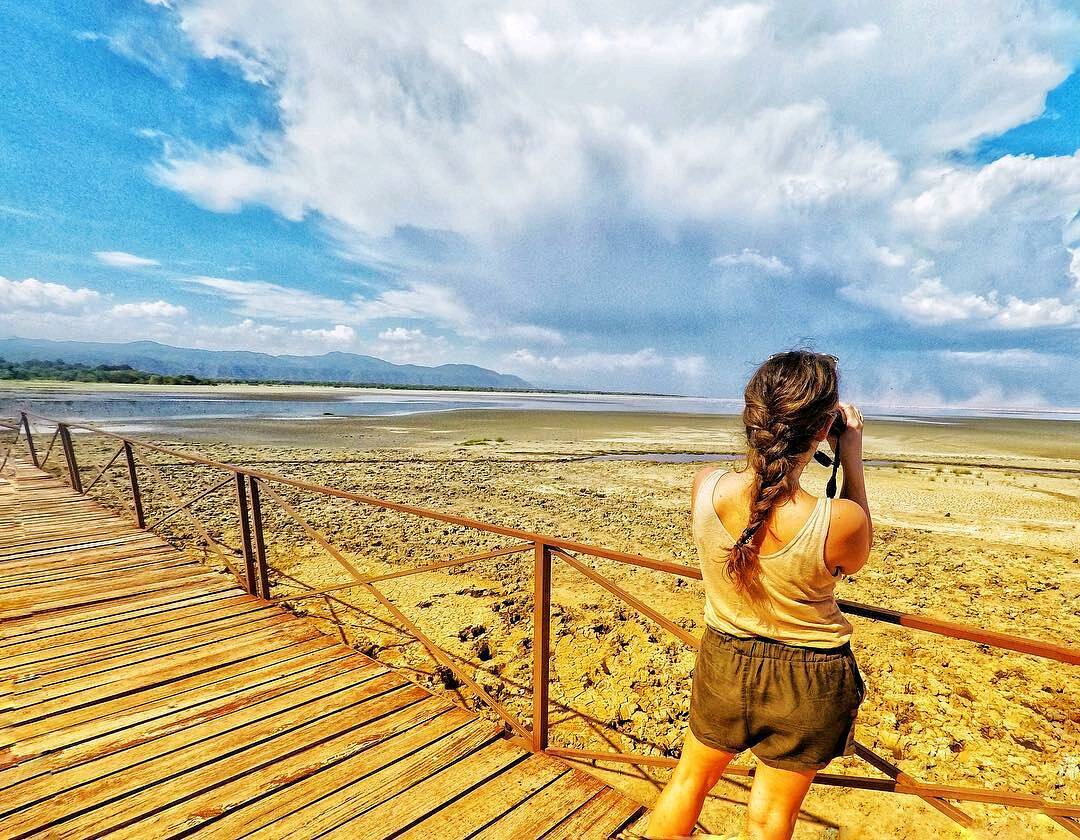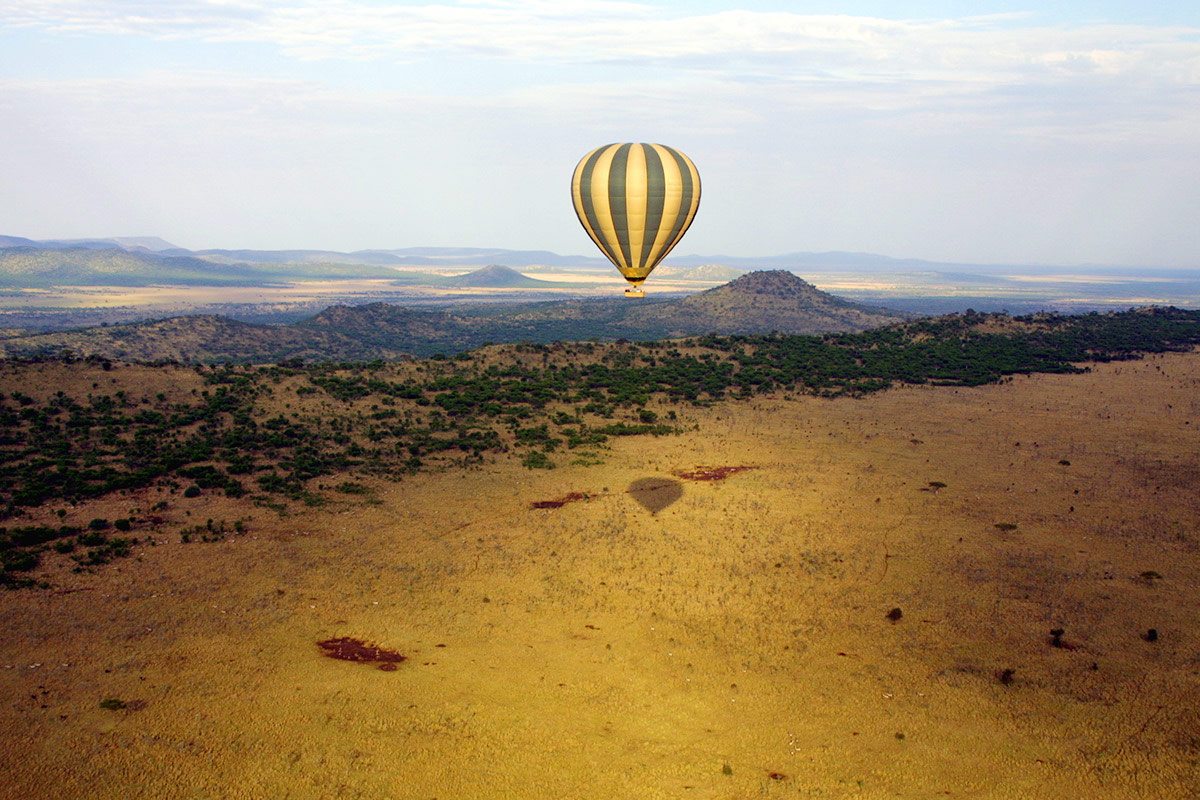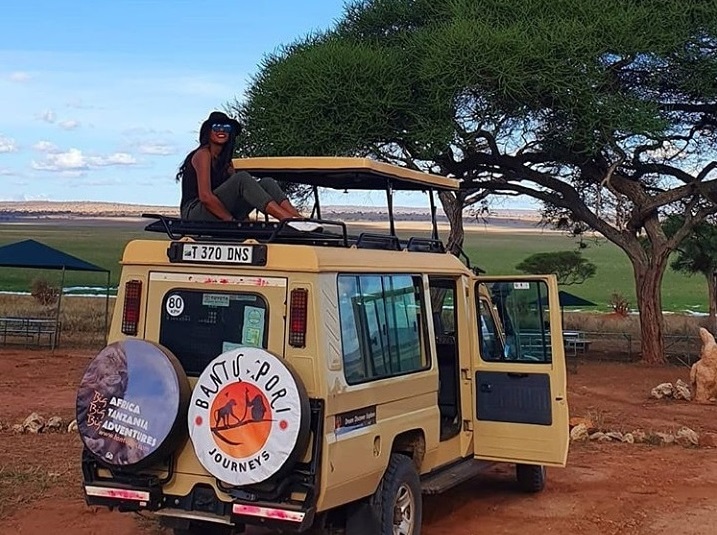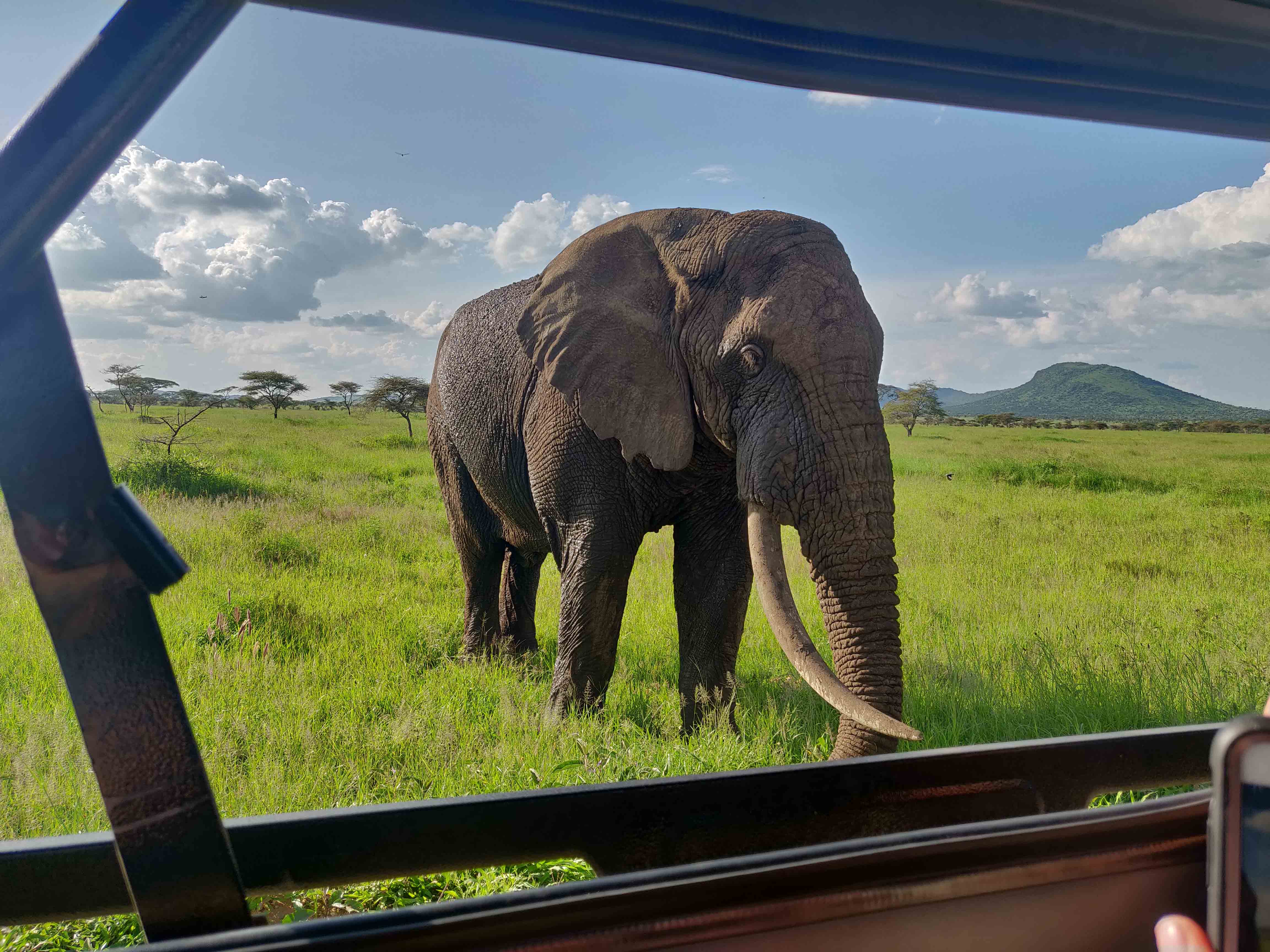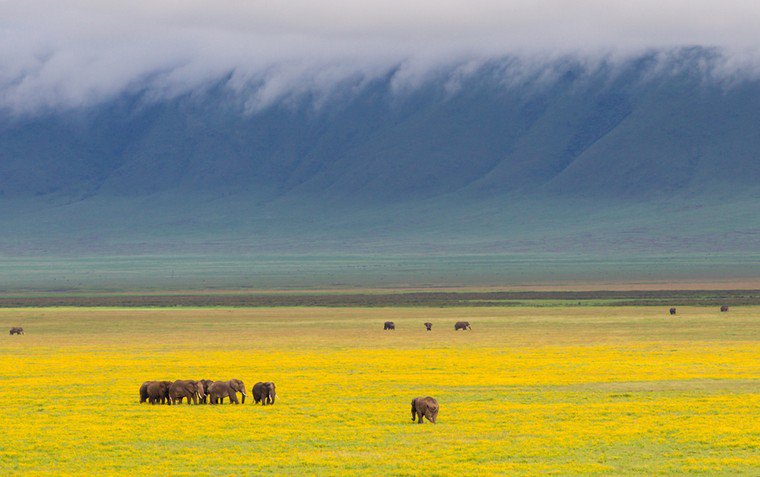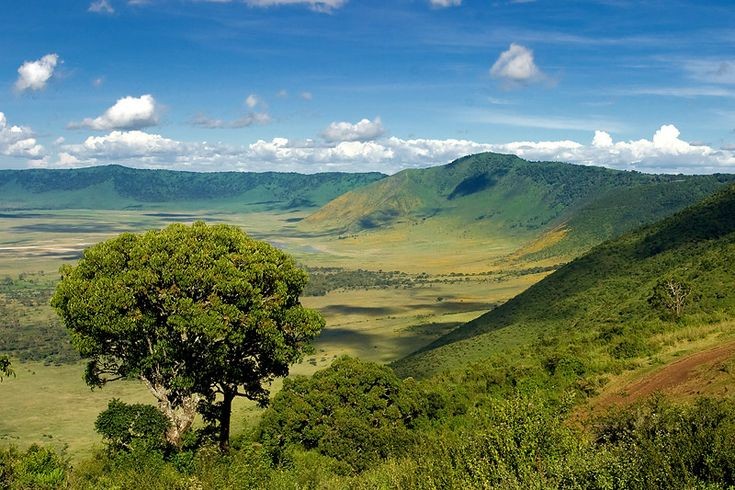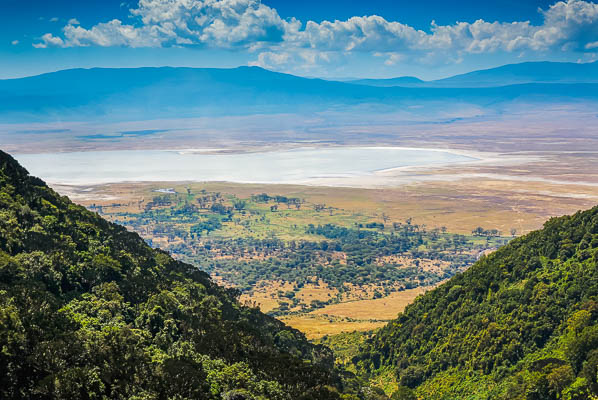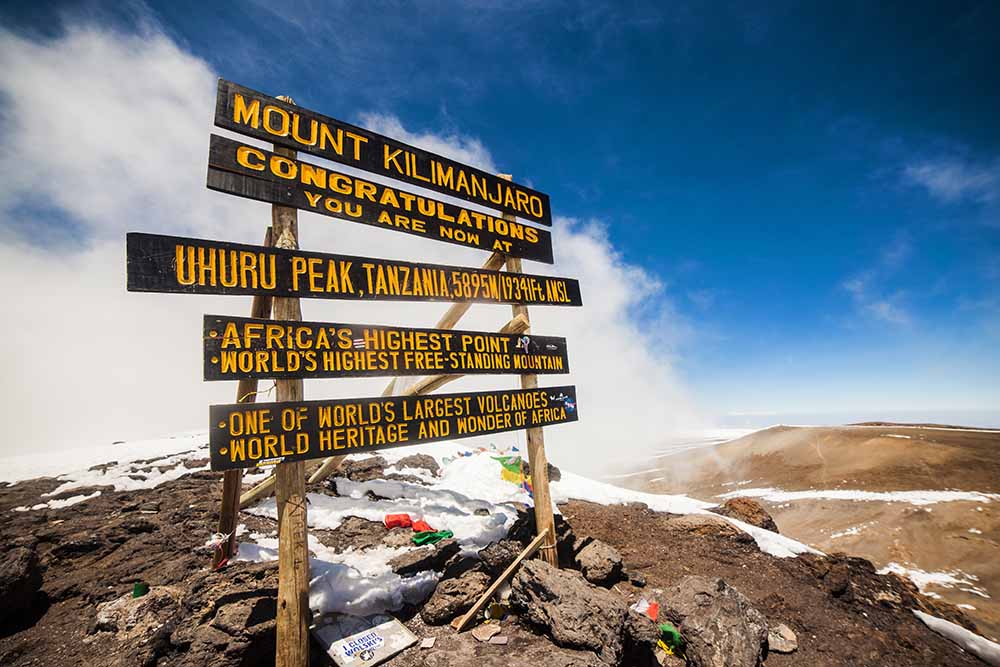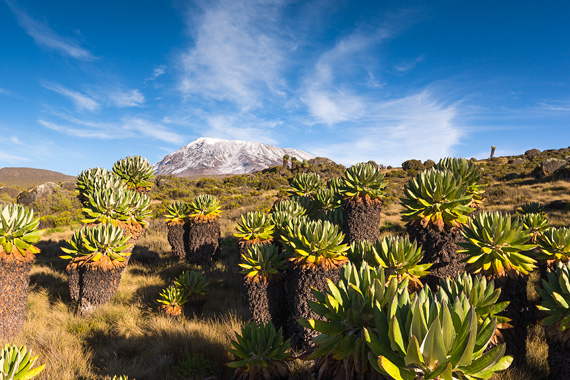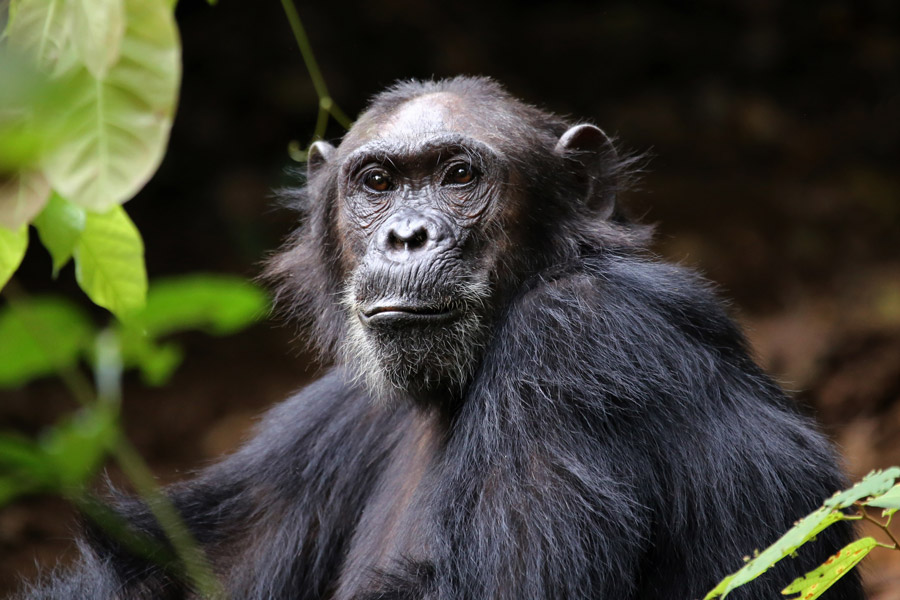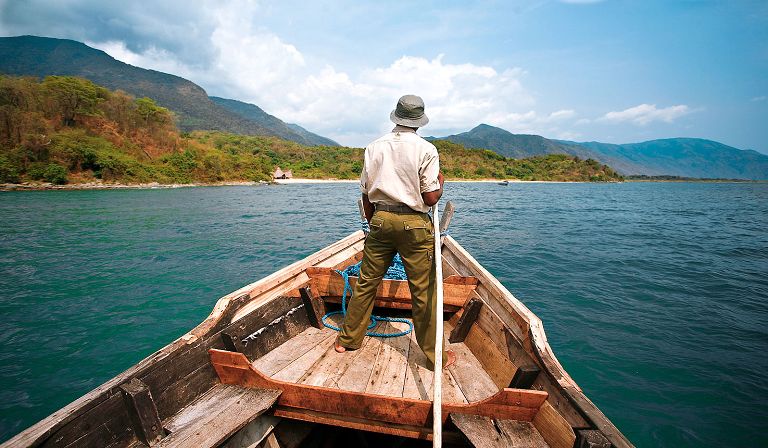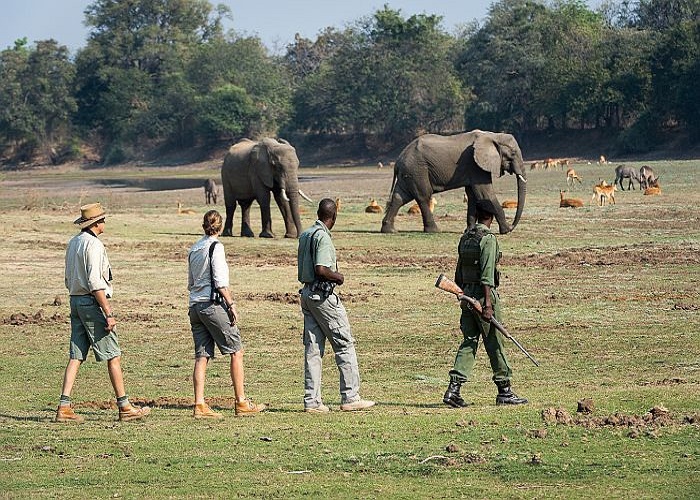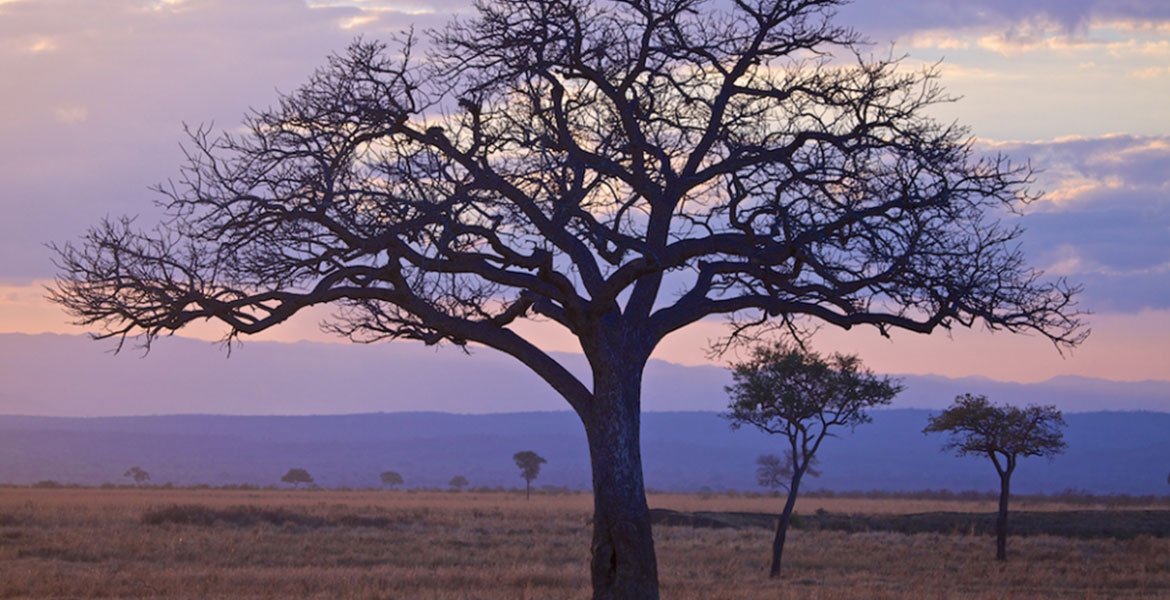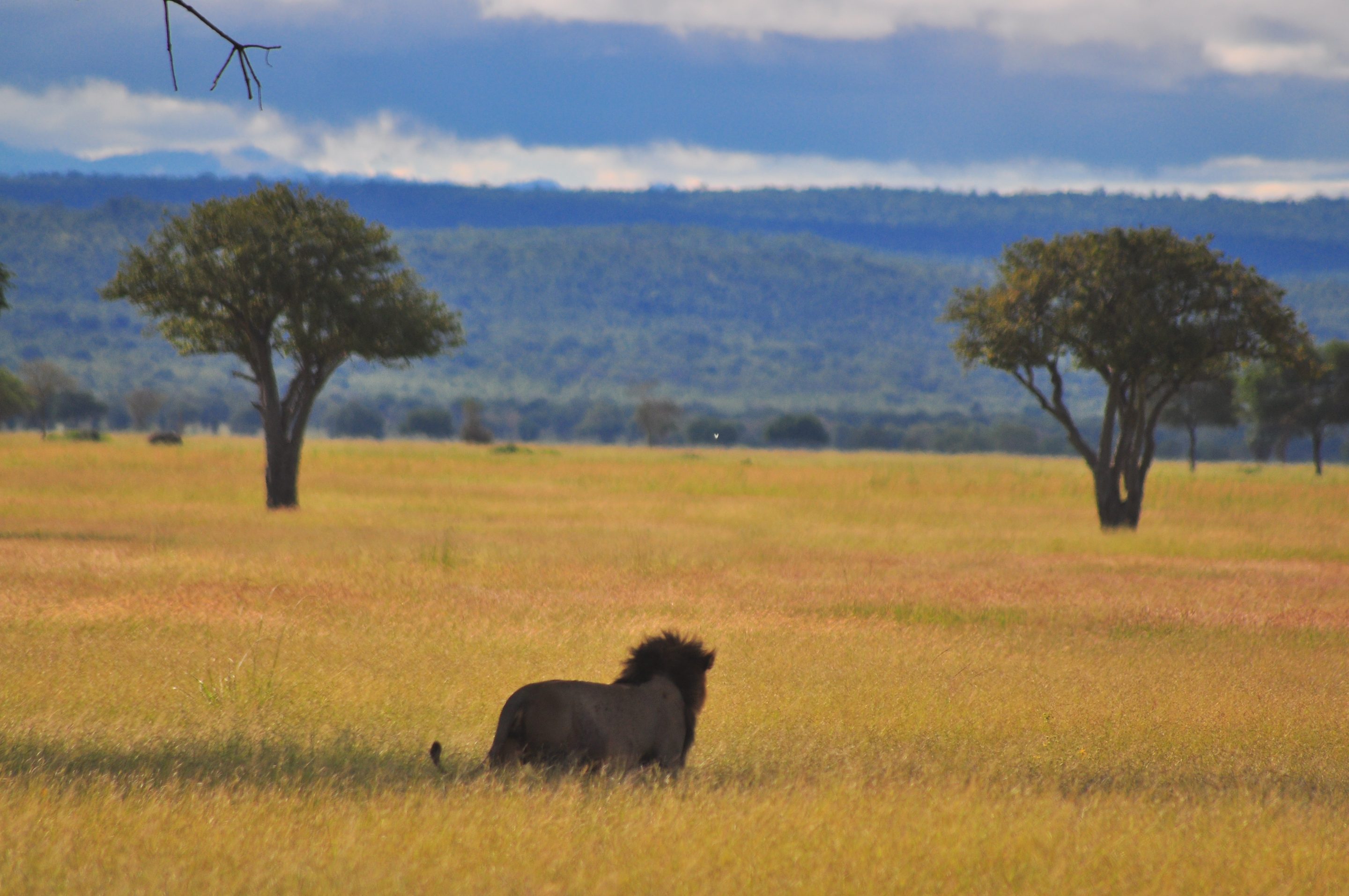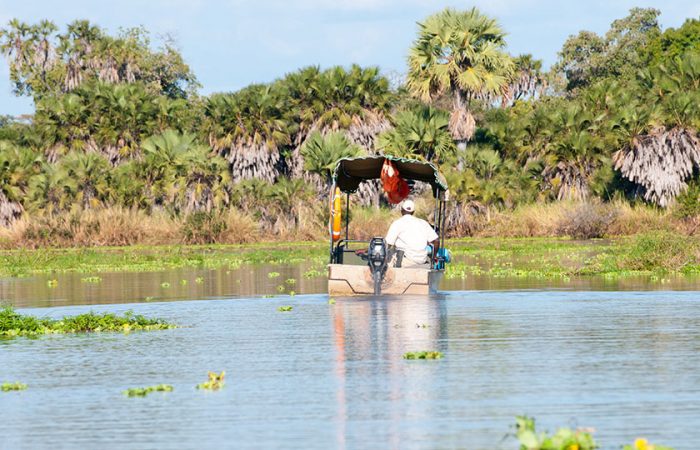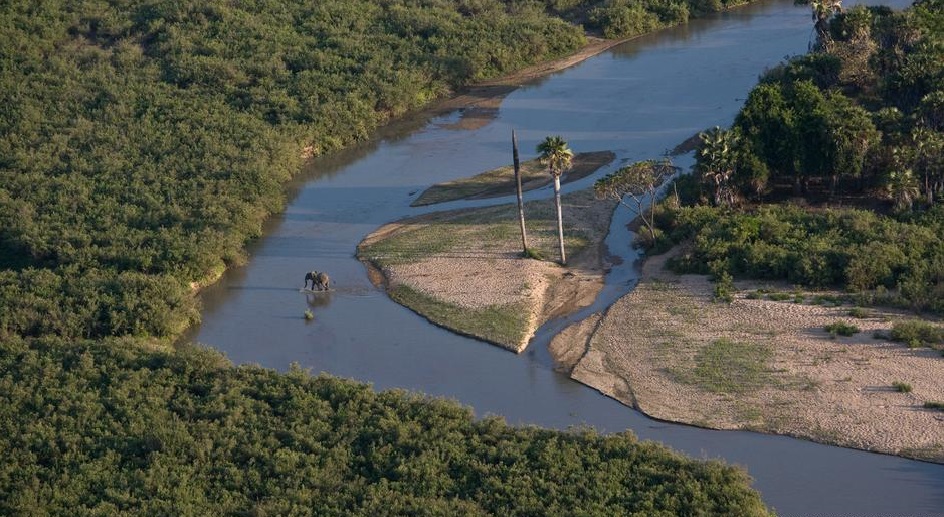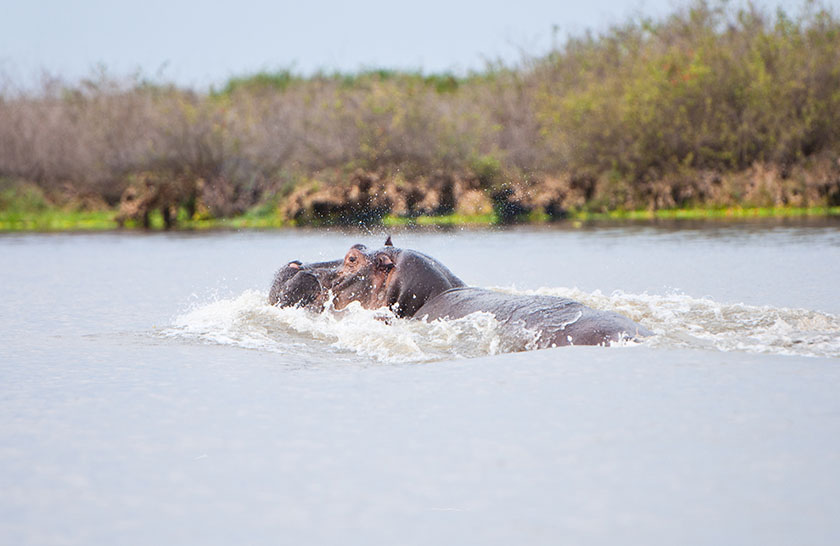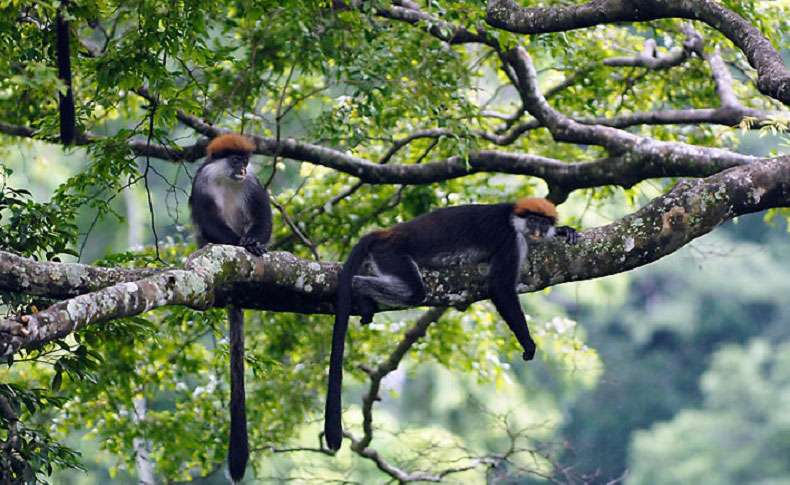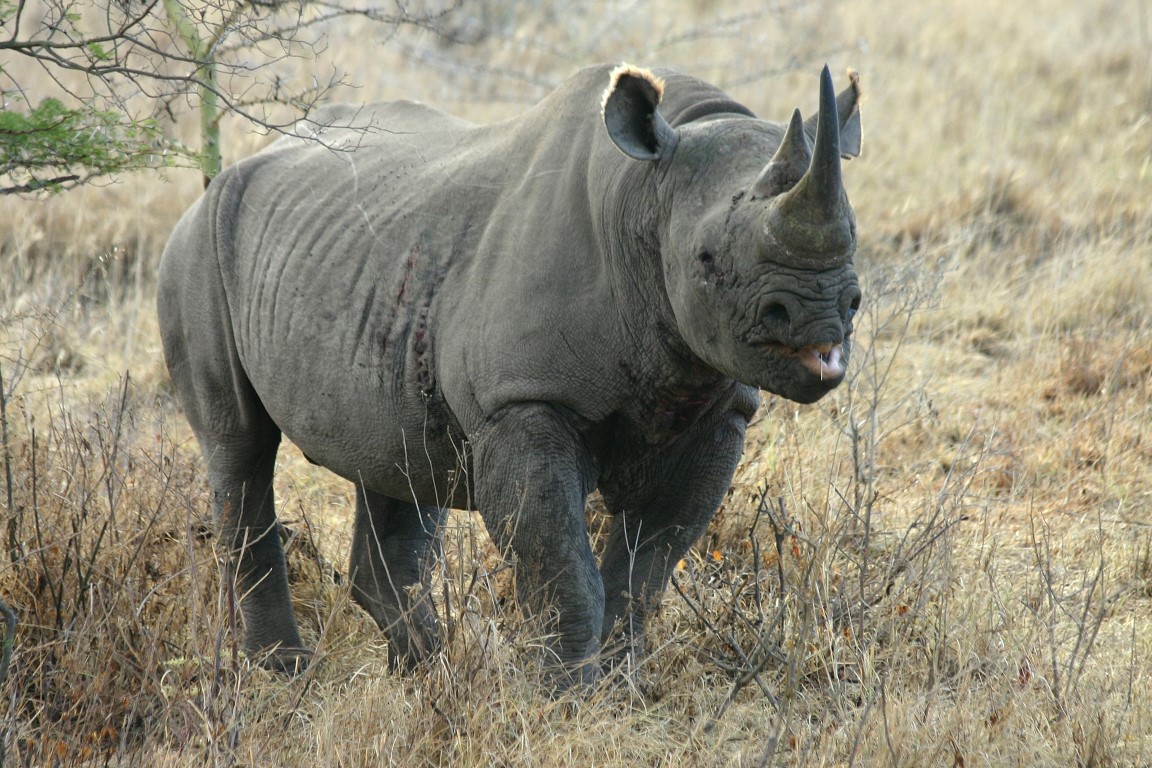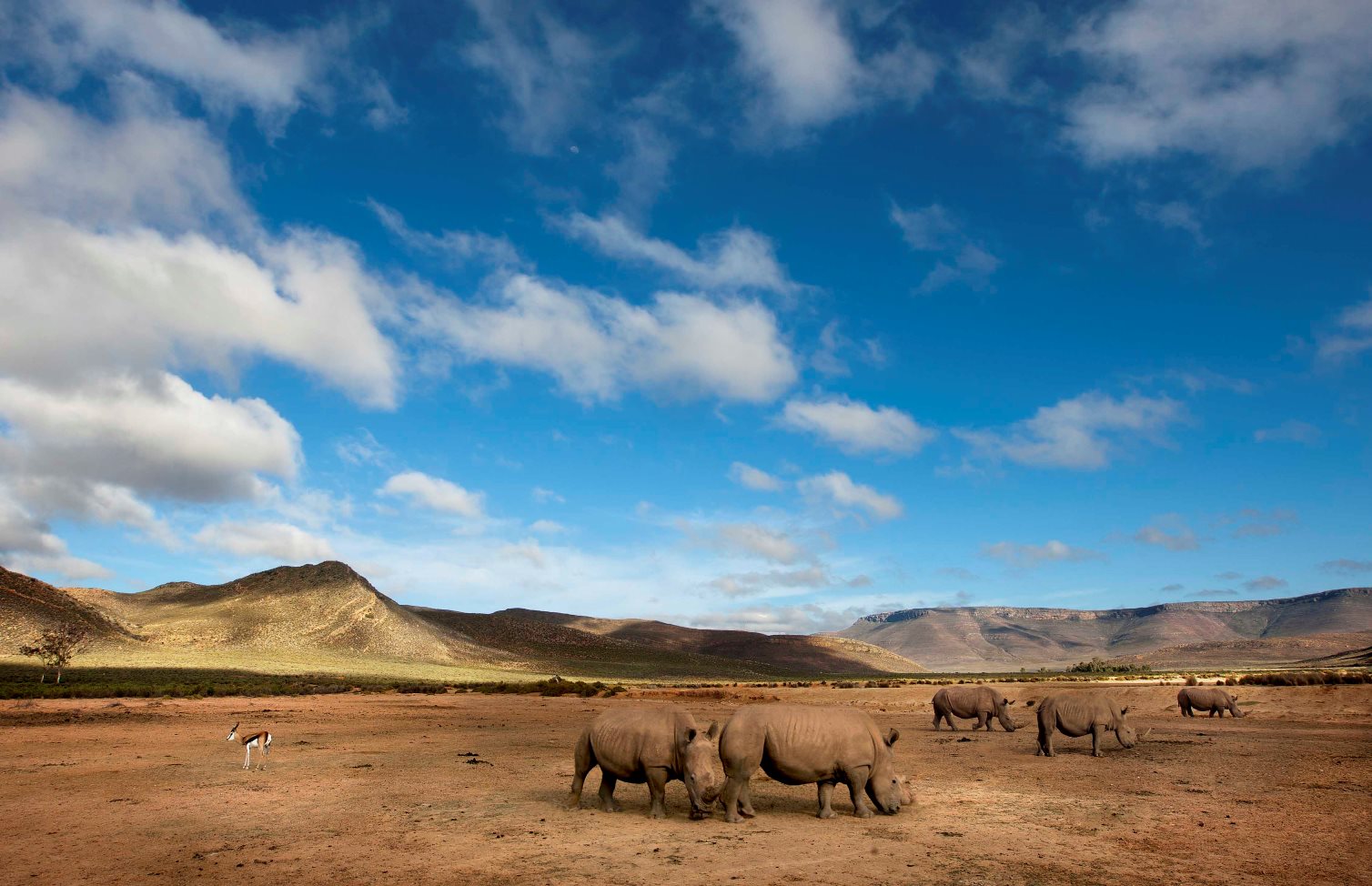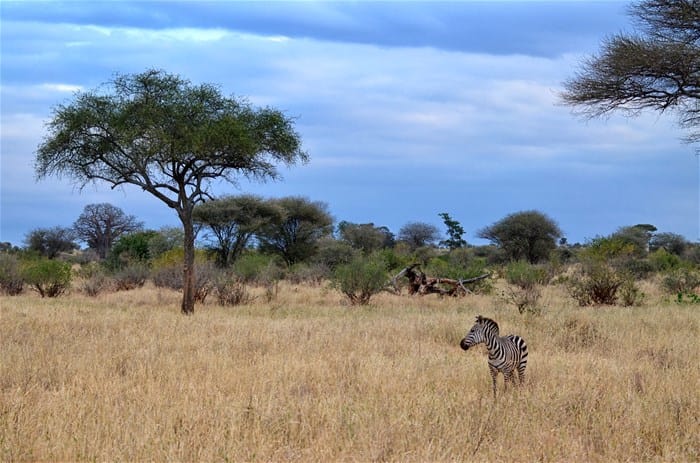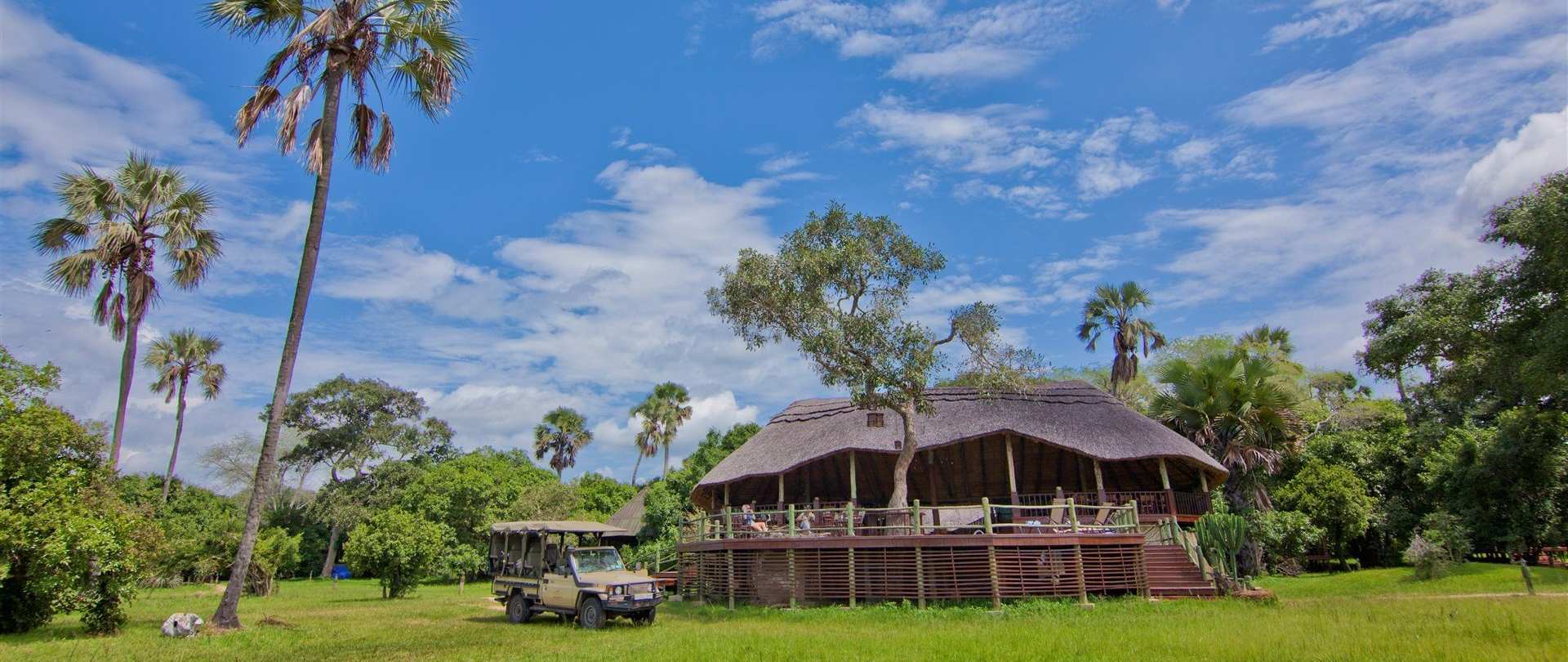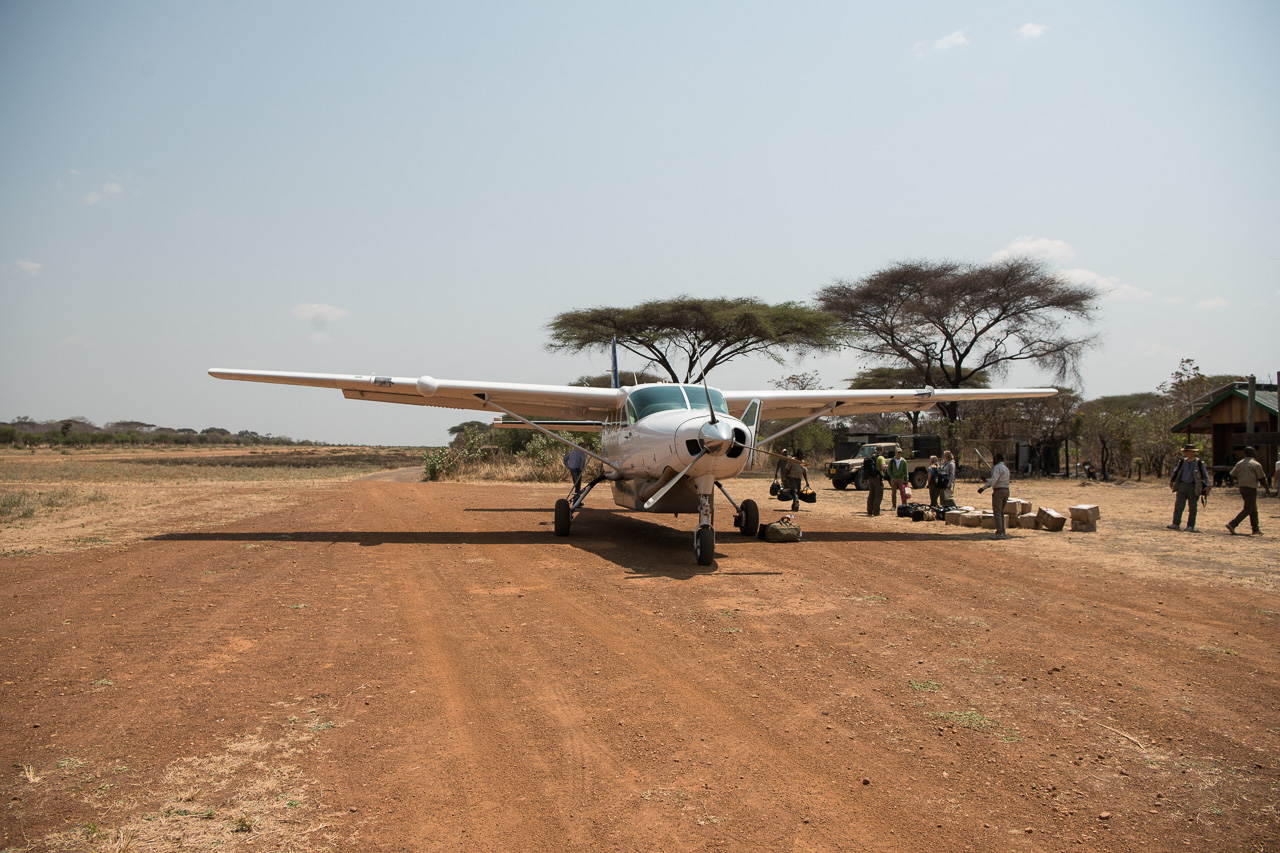Experience
TANZANIA.
Kilimanjaro dominates Tanzanian tourism as much as it does the skyline. Africa's highest mountain is a phenomenal sight and a demanding climb. Look beyond its shadow though and you will be rewarded with a UNESCO World Heritage site, plains dense with predators and rich with ancient human history.
Rewards perhaps don't come bigger than the Serengeti. The boundless grassland of Tanzania's oldest National Park is home to lions, cheetahs and leopards, and it's so expansive that to witness a predator in action is often the preserve of your jeep alone.
Among their prey are the gazelles, zebras and some 1.5 million wildebeest, which rove the desert for grass to graze. Following the calving season, this mass of hooves ascends north into Kenya. This spectacle is known as the Great Migration and is considered to be one of the New Seven Wonders of the World.
Predators are not in short supply either, and the UNESCO honoured Ngorongoro Crater boasts the densest population of lions on the planet. The Conservation Park is also home to the 'Big Five'.
